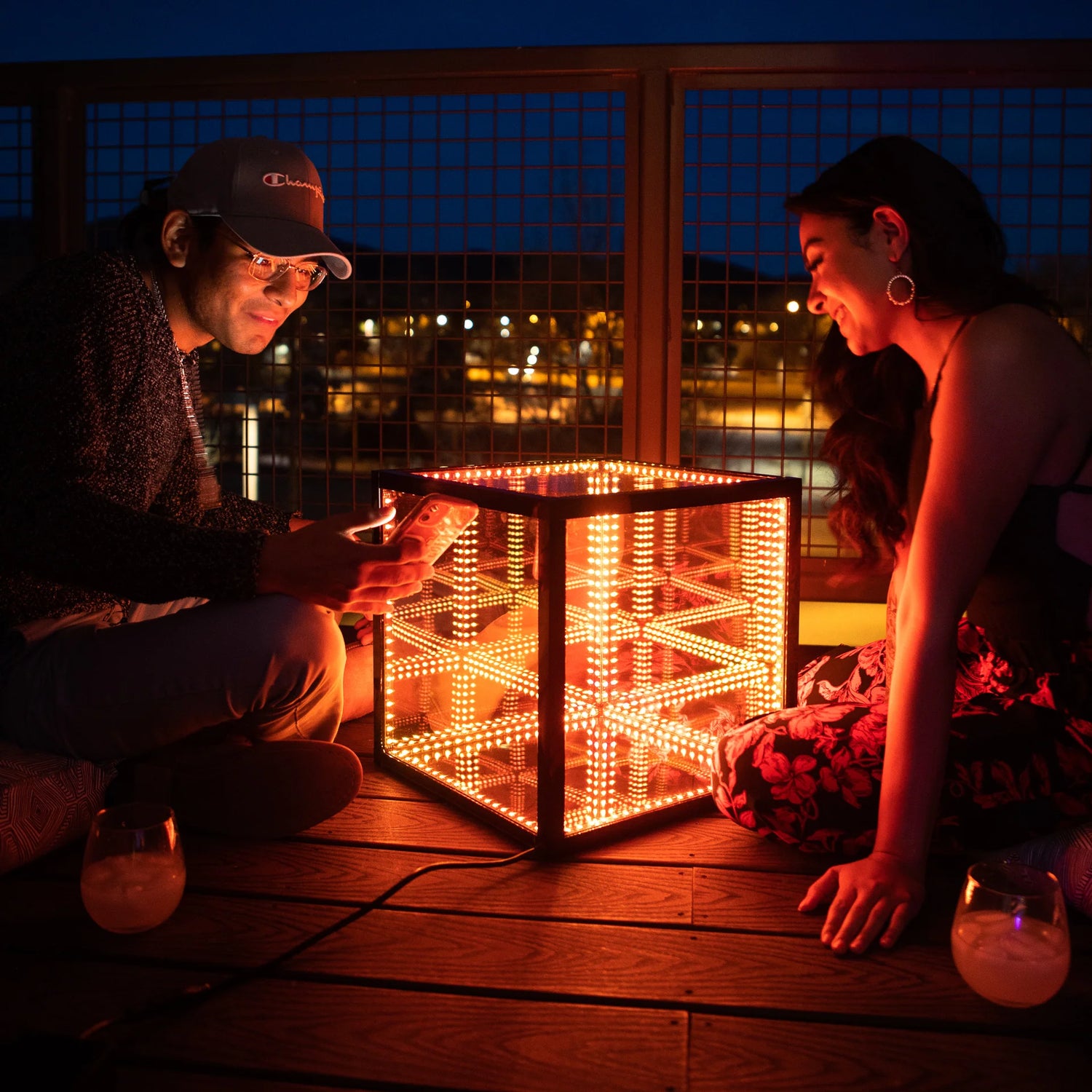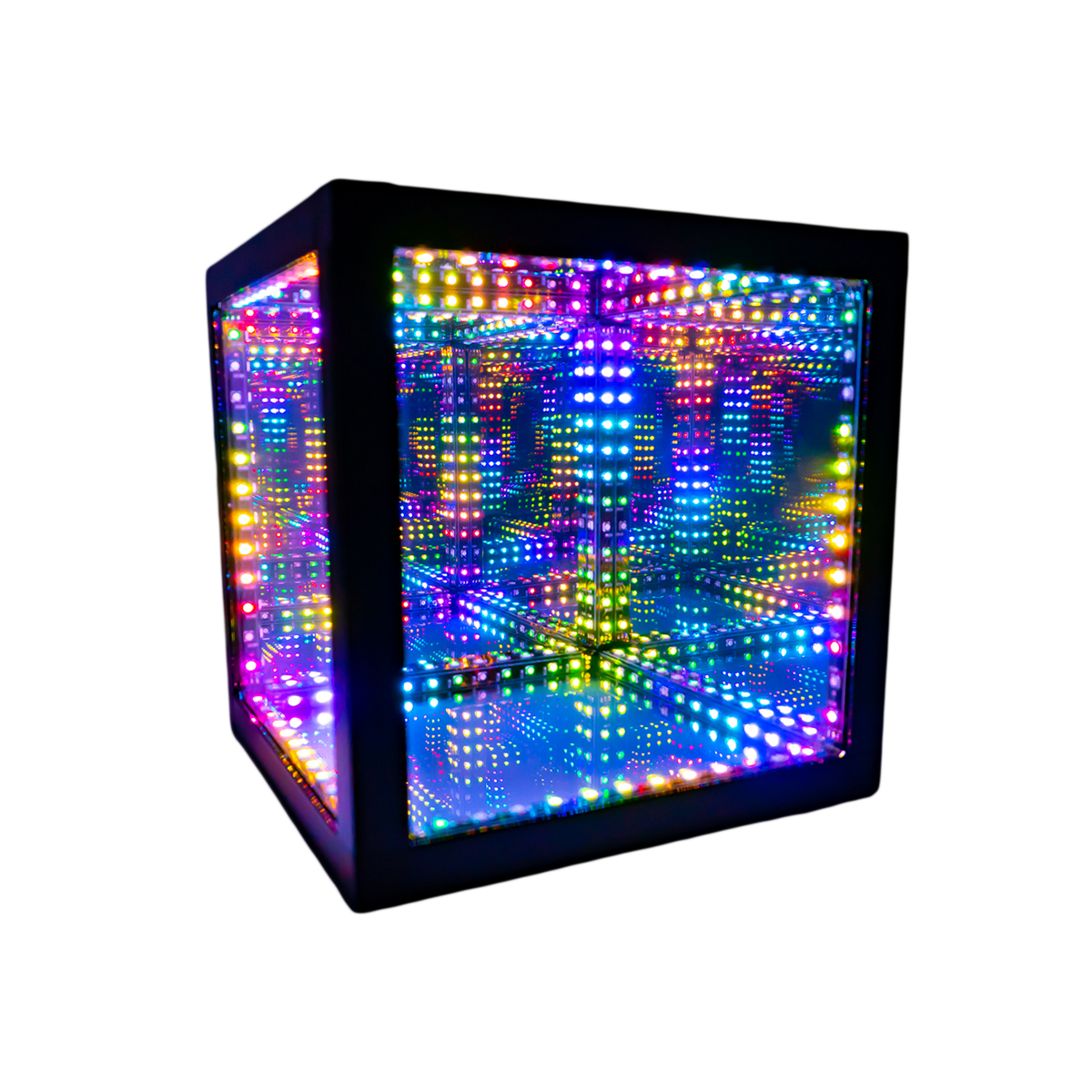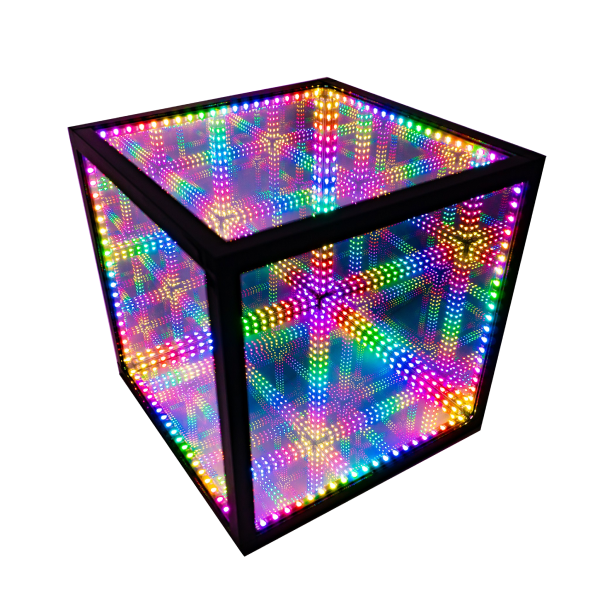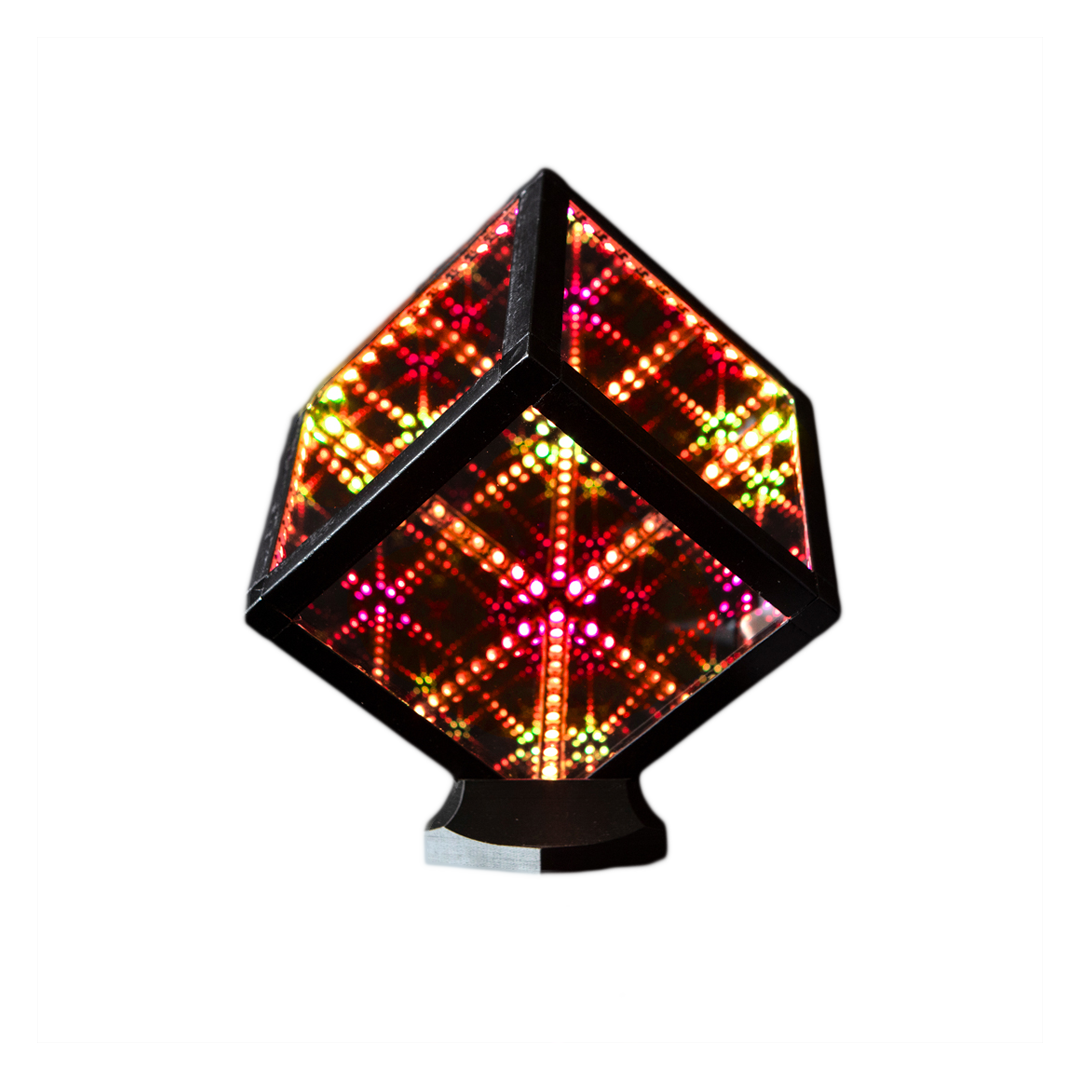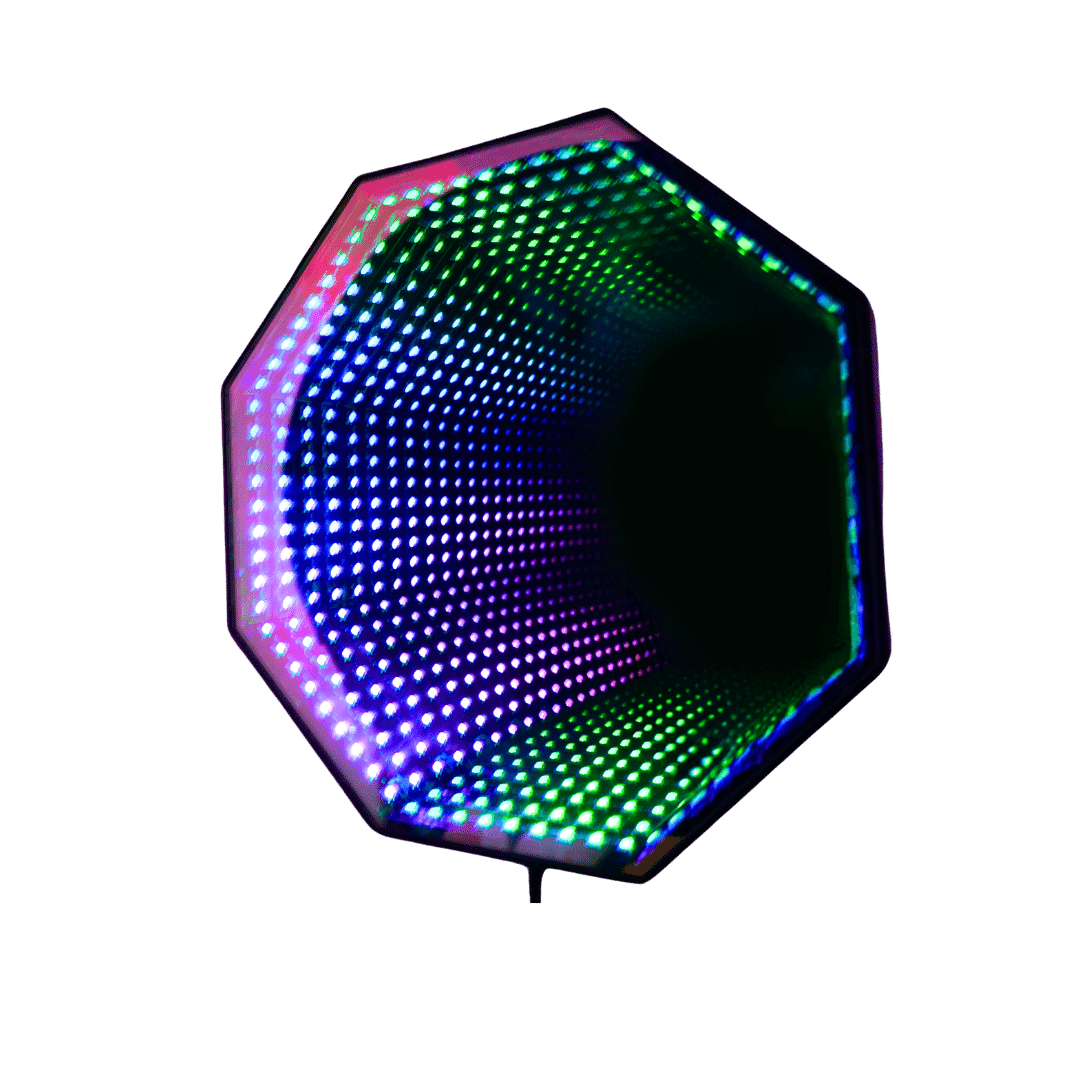
Do LED Lights Attract Bugs? the world of lighting technology has witnessed a significant transformation in recent years, with LED lights taking the center stage. With their energy efficiency, long lifespan, and environmental friendliness, LED lights have become the go-to choice for many homeowners and businesses. However, an often-asked question that comes up in conversations about these lights is "Do LED lights attract bugs?"
In the quest to find the perfect outdoor lighting solution, understanding the relationship between LED lights and bugs is crucial. This topic has been a subject of extensive research and debate amongst scientists, lighting experts, and bug enthusiasts. The answer is not as straightforward as one might think, and various factors come into play. Let's delve deeper into this intriguing subject and shed some light on whether LED lights indeed lure bugs.
Understanding the Basic Concept: Do LED Lights Attract Bugs?

When it comes to understanding the basic concept of whether LED lights attract bugs, it's important to consider the science behind it. Bugs are attracted to light due to a phenomenon known as phototaxis, with different types of light sources emitting different spectrums of light. Traditional incandescent bulbs emit a broad spectrum, which includes ultraviolet (UV) light that is highly attractive to bugs.
LED lights, on the other hand, emit a narrow spectrum of light. This spectrum does not include UV light, reducing their attractiveness to bugs. Additionally, LED lights can be designed to emit specific colors of light. Yellow or warm-colored LEDs are known to attract fewer bugs than cool-colored LEDs. So, while LED lights might still attract some bugs, they are significantly less attractive to these pests compared to traditional light sources."
The Science Behind Bugs and Light Attraction: LED Lights vs. Traditional Bulbs

Ever wondered why bugs seem to be irresistibly drawn to your porch light? The science behind bugs and light attraction can be quite fascinating. Insects, especially nocturnal ones such as moths, are attracted to lights due to a phenomenon known as phototaxis. In simple terms, these bugs navigate by light, typically moonlight. They keep the moon at a constant angle to maintain a straight flight path. However, artificial lights confuse them, causing them to circle the light source in an endless, disoriented dance.
So, how does the type of light source affect this attraction? Traditional incandescent bulbs emit a broad spectrum of light, including ultraviolet (UV) light, which is highly attractive to bugs. On the other hand, LED lights emit little to no UV light, which makes them less attractive to insects. Additionally, LED lights are more energy-efficient and have a longer lifespan than traditional bulbs. Thus, switching to LED lights can help reduce the number of bugs buzzing around your home while also saving energy.
The Spectrum of Light: Why LED Lights are Less Attractive to Bugs

When it comes to the spectrum of light, not all sources are created equal, especially in the eyes of bugs. Insects are typically attracted to ultraviolet and blue light, which are wavelengths that traditional incandescent bulbs emit in abundance. On the other hand, LED lights emit very little of this spectrum, making them less attractive to bugs. This is because LEDs have a different spectral power distribution (SPD), essentially the fingerprint of a light source, which details the wavelengths of light the source emits.
The reduced attraction to LED lights is not just a hypothetical concept; it's backed by scientific research. A study by the American Association for the Advancement of Science found that LEDs attracted four times fewer insects compared to traditional light sources. This is primarily due to the fact that LEDs, particularly those that are 'warm white', emit less blue and ultraviolet light, which are the wavelengths most attractive to bugs. So, if you're tired of swatting away bugs on your porch every evening, switching to LED lights could be a scientifically sound solution."
The Role of Heat in Light Attraction: Do LED Lights Produce Less Heat?

In the realm of phototropism, heat plays a critical role in light attraction. Many insects, for instance, are drawn to heat sources, often mistaking artificial lights for the warmth of the sun. Traditional incandescent or halogen bulbs generate significant heat, attracting more insects. However, the role of heat in light attraction changes when we consider LED lights.
LED lights are known for their energy efficiency and longevity, but another key aspect is their minimal heat production. Unlike traditional bulbs, LEDs don't emit a lot of heat. They use a process called electroluminescence, which generates light directly from electricity with minimal heat waste. This results in a cooler light source, reducing their attractiveness to heat-seeking insects. Understanding the role of heat in light attraction and the lesser heat production of LED lights can help in making informed decisions about lighting solutions.
LED Lights and Their Impact on Different Types of Bugs

LED lights, an energy-efficient lighting solution, are increasingly replacing traditional light sources. However, their impact on different types of bugs is a topic of growing interest. Recent studies show that LED lights, particularly those emitting blue or ultraviolet light, attract more bugs compared to incandescent bulbs. The reason lies in the light spectrum. Bugs are drawn to shorter wavelengths, and LEDs, especially white and blue ones, emit more of these wavelengths.
The effect of LED lights on bugs is not only a nuisance for homeowners but also disrupts the ecosystem. Bugs serve as essential pollinators and a food source for many species. Alterations in their behavior due to LED lights can have a ripple effect on biodiversity. Therefore, understanding the relationship between LED lights and bugs is crucial for sustainable and environmentally conscious lighting solutions.
Practical Applications: Using LED Lights to Minimize Bug Attraction

LED lights have proven to be a game-changer in the world of lighting technology. Not only do they offer energy efficiency and longevity, but they also have an unexpected advantage: they attract fewer bugs. Research has shown that LED lights emit less heat and fewer UV rays, making them less attractive to insects. This practical application of LED lights can help minimize bug attraction in outdoor spaces, making your summer evenings more enjoyable.
In contrast to traditional incandescent or fluorescent lights, LED lights emit light at specific wavelengths. Most bugs are attracted to shorter wavelengths, typically those in the ultraviolet and blue spectrum. LED lights, particularly those that emit warm white or yellow light, produce longer wavelengths, thereby reducing their attractiveness to bugs. This practical application of LED lights can significantly contribute to a bug-free environment, whether you're enjoying a backyard barbecue or just relaxing on your porch.
Myths and Facts: Debunking Misconceptions About LED Lights and Bugs

One common myth surrounding LED lights is that they attract more bugs than traditional light sources. The fact, however, is quite the opposite. LEDs emit minimal UV light, the main attractant for many insects, making them less appealing to bugs. Additionally, LEDs generate less heat than incandescent or halogen bulbs, another factor that can draw insects. So, in essence, LED lights are less likely to turn your outdoor space into a bug magnet.
Another prevalent misconception is that all LED lights are bug-friendly. While it's true that some LED lights, particularly those emitting a cooler, bluer light, may attract fewer bugs, not all LEDs are created equal. Some LEDs, especially those with a warmer, yellowish light, might still attract insects. Therefore, when choosing LEDs with bug deterrence in mind, it's crucial to consider the color temperature of the light, typically measured in Kelvins (K). Lower Kelvin numbers result in warmer, yellowish light, while higher numbers produce cooler, bluer light.
Future Prospects: The Evolution of LED Lights and Their Impact on Bug Attraction

LED lights have revolutionized the lighting industry, offering energy efficiency, longevity, and versatility. However, the impact of LED lights on bug attraction has raised significant interest in recent years. Research shows that LED lights attract fewer insects than traditional light sources, a feature that adds to their appeal. The spectral composition of light emitted by LEDs, particularly those with a high color temperature, seems to be less attractive to nocturnal insects.
The evolution of LED lights and their impact on bug attraction is a topic of ongoing research. Scientists speculate that the future may bring LED lights specifically designed to minimize bug attraction, a development that could revolutionize outdoor lighting and even impact insect-borne diseases. Future prospects in this field are promising, and the potential benefits extend beyond human convenience to broader ecological implications.
Conclusion: Do LED Lights Attract Bugs

So, do LED lights attract bugs? Not as much as other lights do. Bugs like bright, hot lights, and LED lights are not as bright or hot as some other types. This means that fewer bugs will come to LED lights. But remember, bugs will still be attracted to any light, even LED lights, just not as much.
If you're worried about bugs, using LED lights could help. You won't stop all bugs, but you might see fewer of them. And as a bonus, LED lights save energy and last longer than other types of lights. So, switching to LED lights might be a good idea for more reasons than just bugs!"
